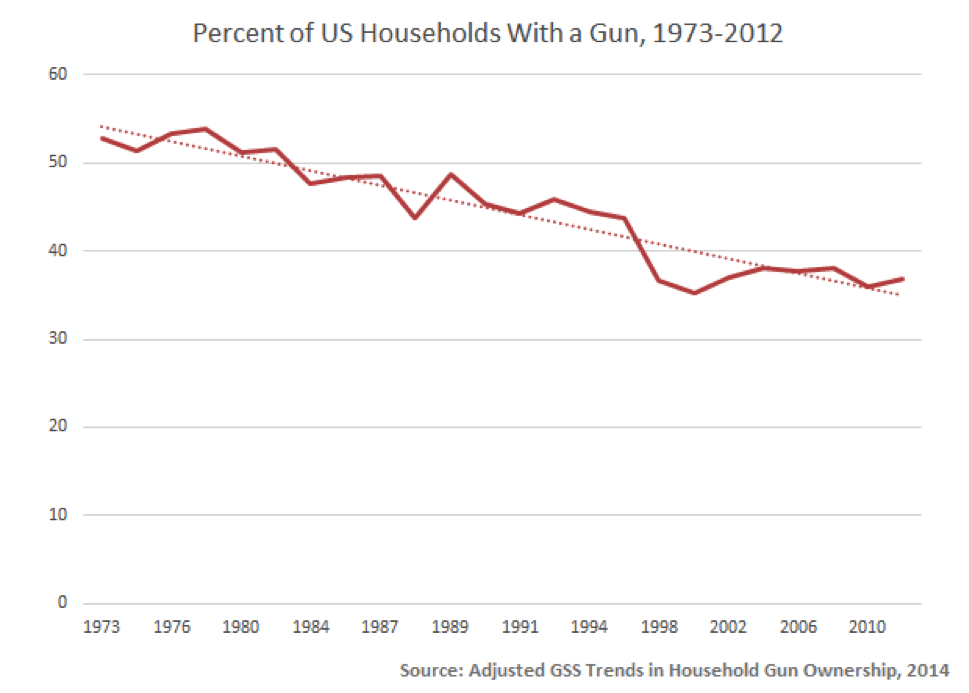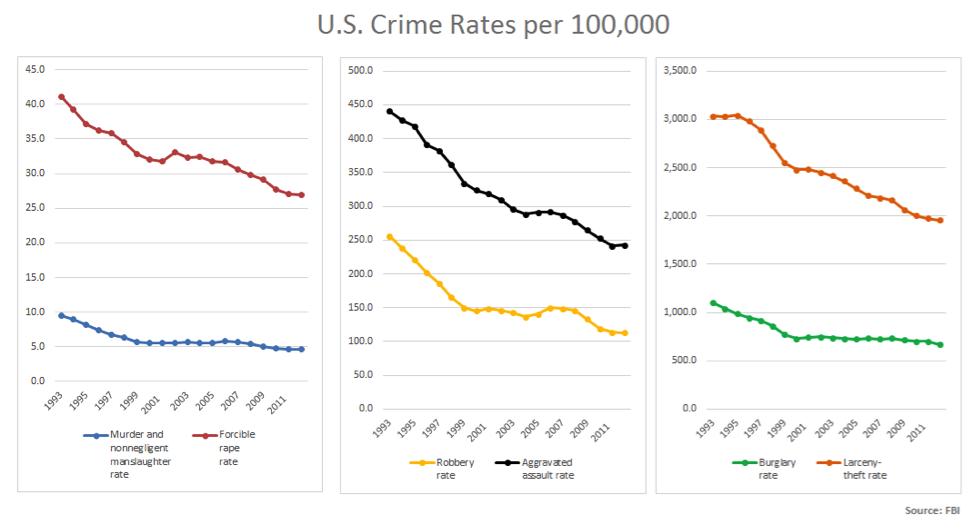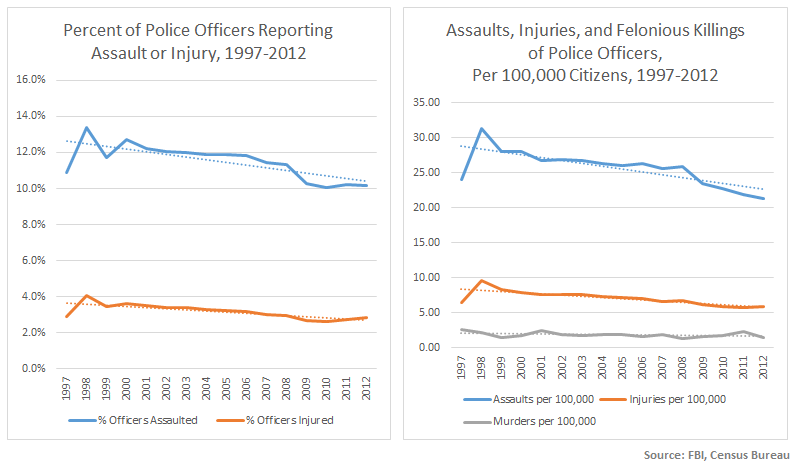Catalonia Shows the Danger of Disarming Civilians – Article by Laura Williams

Since the tragic murder of 59 peaceful concertgoers in Las Vegas on Sunday, October 1, 2017, I’ve heard well-intentioned Americans from all political corners echoing heartbroken and tempting refrains:
Can’t we just ban guns?
Surely we can all get together on the rocket launchers.
Things like this would happen less often.
We have enough military.
While victims were still in surgery, some took to television and social media to criticize the “outdated” and “dangerous” Second Amendment to the Constitution. They have lived so long in a safe, stable society that they falsely believe armed citizens are a threat to life and liberty for everyone.
Those who claim to see no necessity or benefits of individual gun ownership need only look to the rolling hills of Catalonia, where a live social experiment is currently unfolding.
Unarmed Patriots
Just hours before an alleged lone gunman opened fire from the Mandalay Bay casino, the citizens of a small region surrounding Barcelona, Spain, cast a vote for their regional independence. Catalonia’s citizens have a unique language, culture, and history, and consider Spain a neighboring power, not their rightful rulers. So as America’s Continental Congress heroically did (and as Texans and Californians occasionally threaten to do) Catalonia wished to declare independence and secede.
Polling stations in Catalonia were attacked by heavily armed agents of the Spanish government with riot gear and pointed rifles. Spanish National Police fired rubber bullets and unleashed tear gas canisters on voters, broke down polling center doors, disrupted the vote, and destroyed enough ballots to throw results into serious doubt.
Exceedingly few of those would-be patriots were armed.
In Spain, firearm ownership is not a protected individual right. Civilian firearms licenses are restricted to “cases of extreme necessity” if the government finds “genuine reason.” Background checks, medical exams, and license restrictions further restrict access. Licenses are granted individually by caliber and model, with automatic weapons strictly forbidden to civilians. Police can demand a citizen produce a firearm at any time for inspection or confiscation. Spain has enacted, it would seem, the kind of “common sense restrictions” American gun-control advocates crave.
But of course, that doesn’t mean that Spanish citizens don’t buy guns. In fact, Spanish taxpayers maintain an enormous arsenal of weapons, which are all in the hands “professional armed police forces within the administration of the state, who are the persons in charge of providing security to the population.”
Those agents of the Spanish government weren’t “providing security to the population” of Catalonia on Sunday — they were pointing guns at would-be founding patriots who had challenged the rule of their oppressors.
“If somebody tries to declare the independence of part of the territory — something that cannot be done — we will have to do everything possible to apply the law,” Spain’s justice minister said in a public address. While many polling places were closed or barricaded, 2.3 million voters (90% in favor of independence) were permitted to vote, he claimed, “because the security forces decided that it wasn’t worth using force because of the consequences that it could have.”
The consequences of a government using force to control those it is sworn to protect must be high. When citizens are armed, the consequences for tyranny rise and its likelihood falls.
Armed Tyrants
Americans have grown too trustful of the federal government, too ready to assume its bureaucrats have only our best interests at heart. Even with a maniacal man-child in the Oval Office, many are seemingly eager to turn over individual liberty to those who promise to manage our lives for us. The United States was designed to be the smallest government in the history of the world, with no standing army, and little right to intrude in the private activities of its citizens. Instead, we have the most powerful and intrusive government in human history, with 800 permanent military bases in 70 countries, unfathomable firepower, and staggering surveillance capabilities. Unchecked abuses of power are routine and tolerated.
67 federal agencies, including the IRS and the FDA, have military weapons, according to the OpenTheBooks Oversight Report “The Militarization of America“. Among the most intrusive programs, including the Department of Homeland Security and the Transportation Safety Agency, do not disclose their weaponry budget.
The number of armed government officials with arrest and firearm authority has doubled since 1996. The US now has more armed “civilian” federal officers (200,000+) than US Marines (182,000). The IRS spends millions of taxpayer dollars annually on pump-action shotguns, AR-15 rifles, riot gear, and Special Forces contractors to train thousands of “special agents” in targeting American citizens.
Local police, sheriffs, and state troopers have also been armed to wage war against American citizens. Battlefield weapons are being given to state and local police, allegedly to combat drug trafficking and fight terrorist threats at local pumpkin festivals. Military SWAT-style raids are used to serve search warrants for low-level drug possession, not hostage situations. Relatives and neighbors of alleged criminals have had government guns held to their children’s heads. Violations of civil rights, including illegal searches and the seizure of money and property without evidence of any crime, are commonplace.
Law enforcement requests military equipment directly from the Pentagon’s war-fighting machine: tanks, machine guns, rocket launchers, tear gas, camouflage, shields, and gas masks. Military equipment is often purchased with civil asset forfeiture slush funds to bypass legislative appropriations challenges.
The high percentage of civilian law enforcement who are military veterans (one in five, by some estimates) compounds the cultural risks of treating average Americans like enemy combatants.
Showdowns between civilians and heavily armed agents of the state in Ferguson, Baltimore, the Oregon Wildlife Refuge, and at various other political protests across the country should remind us that gun-control advocates won’t be reducing the number of guns so much as shifting them all into either federal or criminal hands.
The senseless murder in Las Vegas is a frighteningly familiar tragedy. But don’t say “Americans shouldn’t be allowed to buy guns” when what you mean is “citizens should only be allowed to buy guns for their rulers.”
Dr. Laura Williams teaches communication strategy to undergraduates and executives. She is a passionate advocate for critical thinking, individual liberties, and the Oxford Comma.
This article was published by The Foundation for Economic Education and may be freely distributed, subject to a Creative Commons Attribution 4.0 International License, which requires that credit be given to the author. Read the original article.



